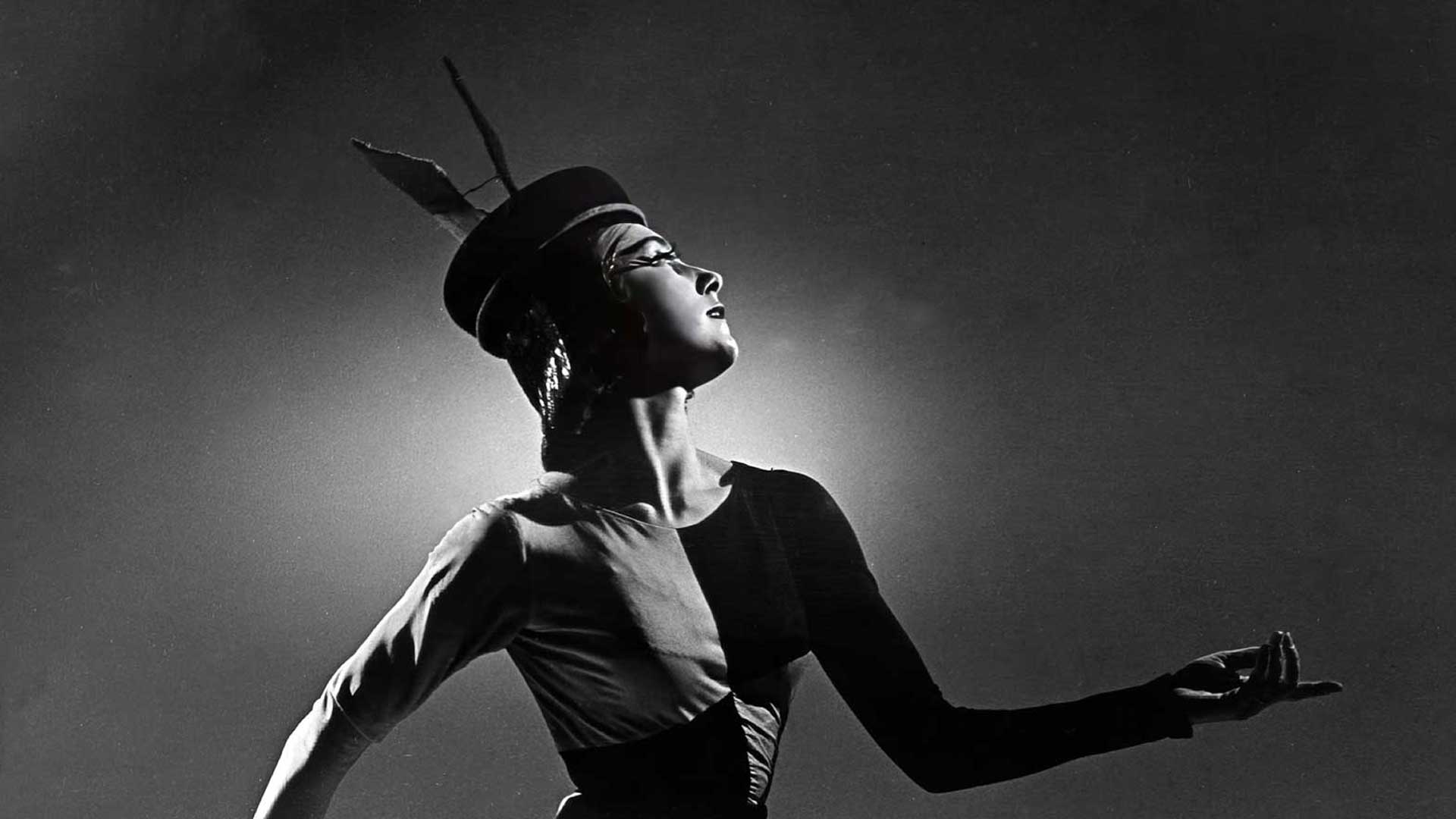people » Gillian Lynne
Gillian Lynne (1926 – 2018). Dancer, choreographer and director
Gillian Lynne was born in Bromley, Kent. She showed an early talent for dancing, and while at school formed a friendship with Beryl Groom, who was to become Beryl Grey, and also to have a distinguished career in ballet and dance. When her mother died in a car accident when Gillian was 13, she threw herself into dance, partly in order to cope with the tragedy.
In 1944, while Gillian Lynne was dancing with Molly Lake’s company at the People’s Palace, Ninette de Valois noticed her talent and invited her to join Sadler’s Wells Ballet. In the seven years she was there, she became admired as a fine dramatic ballerina. She was particularly noted for her performances as the Black Queen in de Valois’ Checkmate, the Lilac Fairy in Sleeping Beauty and as Myrtha, Queen of the Wilis in Giselle.
Lynne left Sadler’s Wells Ballet in 1951, and began her successful career in the commercial theatre by appearing in balletic pas de deux in variety shows at the London Palladium. She then appeared as the star dancer in other West End productions, such as Can Can (in which she was Claudine). She also began to work in television and films, including acting in The Master of Ballantrae, opposite Errol Flynn.
It is perhaps as a director and choreographer that Gillian Lynne is best known, where her list of credits is immense. She worked at the Royal Opera House, with the Royal Shakespeare Company, English National Opera, Northern Ballet and the Australian Ballet, as well directing over 60 productions in the West End and on Broadway. As producer, director, choreographer or performer she worked on 11 feature films and hundreds of television productions, where her work included The Muppet Show and A Simple Man, for which she won a BAFTA for her direction and choreography in 1987. Internationally and in the popular mind, she is perhaps most famous for her choreography for the musicals Cats, The Phantom of the Opera and Aspects of Love.
Gillian Lynne won numerous awards for her work, including the Olivier Award in 1981 for the Outstanding Achievement of the Year in Musicals for Cats, The Royal Academy of Dance’s Queen Elizabeth II Coronation Award in 2001 and a Special Award at the 2013 Olivier Awards. She was a Vice President of the Royal Academy of Dance. In 2018 the New London Theatre was renamed the Gillian Lynne Theatre in her honour. She was appointed CBE in 1997 and DBE in 2014 for services to dance and musical theatre. Gillian Lynne died in 2018.

